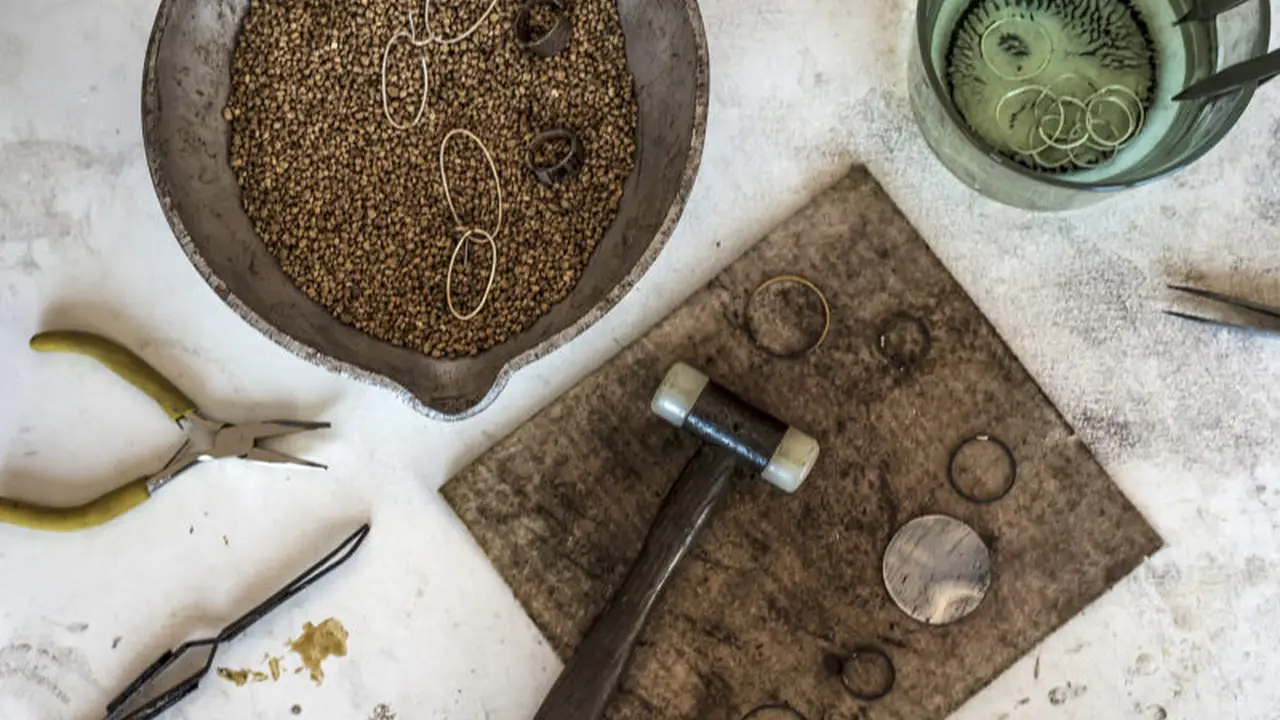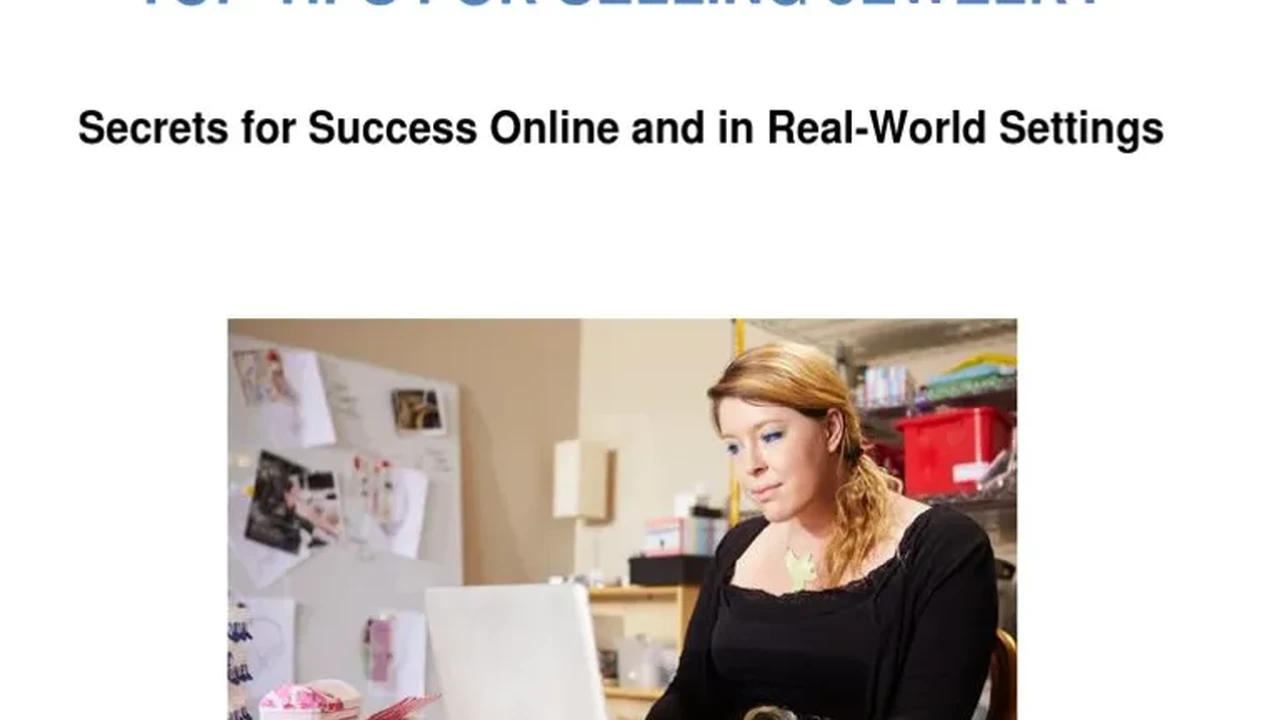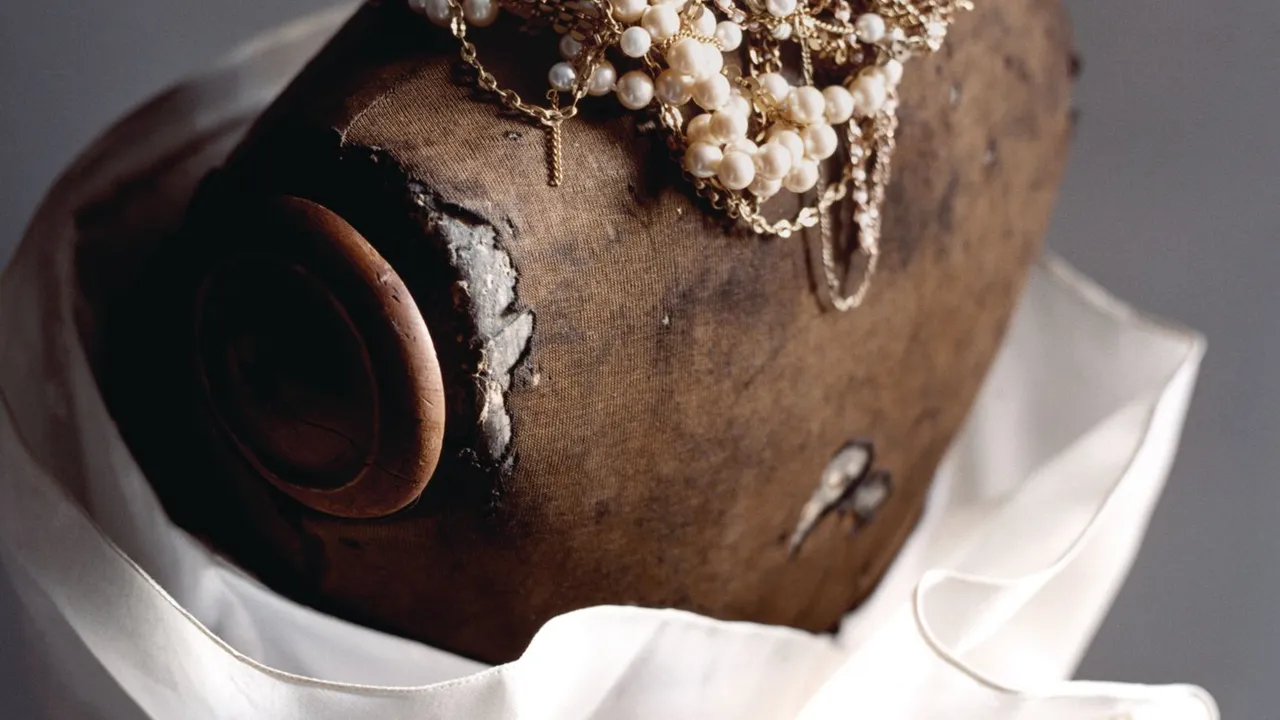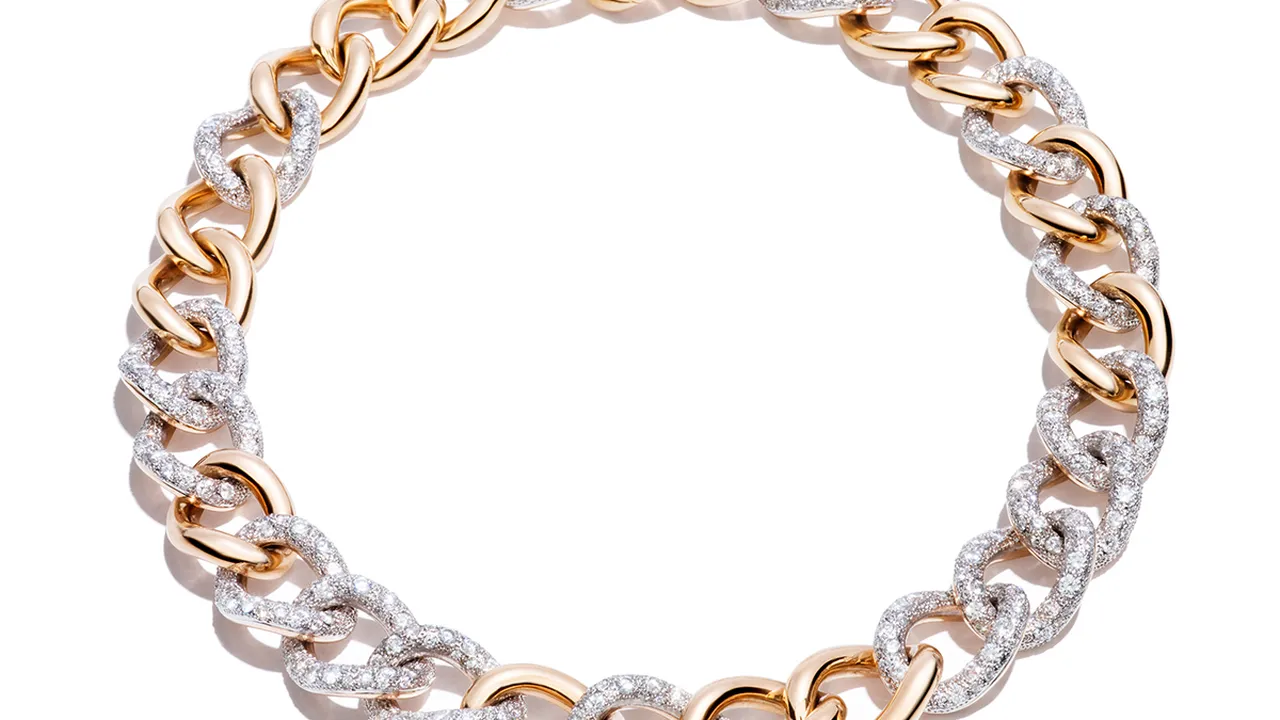Restoring Antique Jewelry A Guide to Conservation
Learn about the principles of antique jewelry restoration and how to preserve its historical value.

Understanding the Importance of Antique Jewelry Conservation
Antique jewelry isn't just pretty; it's a tangible piece of history. These pieces tell stories of past eras, reflecting the craftsmanship, materials, and styles of their time. Conservation aims to preserve these stories for future generations. It's not about making the jewelry look brand new, but rather about stabilizing it, preventing further deterioration, and respecting its age and patina. We aren't trying to erase history, we are trying to preserve it!
Assessing the Condition of Your Antique Jewelry
Before you even think about cleaning or repairing your antique jewelry, take a good hard look at it. Grab a magnifying glass – this is crucial! Note any damage, such as:
- Loose stones
- Cracked enamel
- Broken clasps or hinges
- Corrosion or tarnish
- Weakened settings
Also, consider the materials involved. Is it gold, silver, platinum? What gemstones are present? Different materials require different conservation approaches. This assessment is critical. Don't just jump in with a cleaning solution you found online. You could do more harm than good!
The Dos and Don'ts of Antique Jewelry Cleaning
Cleaning is often the first thing people think of when it comes to restoring antique jewelry, but it's also where many mistakes happen. Here’s a quick guide:
Do:
- Use a soft brush (like a baby toothbrush) to gently remove loose dirt and debris.
- Use lukewarm water and a mild soap (like baby shampoo) for cleaning.
- Dry the jewelry thoroughly with a soft cloth.
- Consider professional cleaning for heavily soiled or delicate pieces.
Don't:
- Use abrasive cleaners or polishing cloths. These can scratch delicate surfaces.
- Soak jewelry with porous stones (like opals or pearls) in water for extended periods.
- Use ultrasonic cleaners on antique jewelry, especially pieces with fragile settings or delicate stones. The vibrations can loosen stones or damage the piece.
- Attempt to remove heavy tarnish yourself. This is best left to a professional.
Repairing Damaged Antique Jewelry: When to DIY and When to Call a Pro
Minor repairs, like tightening a loose screw or replacing a simple clasp, might be something you can tackle yourself. However, major repairs, such as:
- Resizing rings
- Replacing stones
- Repairing intricate settings
- Working with delicate materials like enamel or filigree
These are best left to a qualified jeweler specializing in antique jewelry restoration. They have the tools, experience, and knowledge to handle these delicate pieces without causing further damage.
Choosing the Right Jeweler for Antique Jewelry Restoration
Not all jewelers are created equal. When it comes to antique jewelry, you need someone with specific expertise. Look for a jeweler who:
- Has experience working with antique jewelry.
- Understands historical jewelry-making techniques.
- Uses conservation-minded methods.
- Can provide references or examples of their previous work.
- Is willing to discuss their approach and answer your questions.
Don't be afraid to ask questions! A good jeweler will be happy to explain their process and reassure you that your precious piece is in good hands.
Specific Antique Jewelry Restoration Techniques
Here are a few common restoration techniques you might encounter:
- Stone Replacement: Finding a replacement stone that matches the original in color, cut, and size can be challenging. A skilled jeweler will be able to source appropriate stones or even recut existing stones to fit.
- Setting Repair: Antique settings are often delicate and prone to damage. A jeweler may need to reinforce or rebuild settings to ensure the stones are secure.
- Enamel Repair: Enamel is a fragile material that can chip or crack over time. Repairing enamel requires specialized skills and materials.
- Soldering and Welding: These techniques are used to repair broken chains, clasps, and other metal components.
- Patina Preservation: A skilled conservator will understand the importance of preserving the original patina of the jewelry. They will use cleaning and polishing techniques that enhance the patina rather than removing it entirely.
Recommended Products and Their Uses
While professional help is often needed, here are a few products you can safely use at home for basic cleaning and maintenance:
- Connoisseurs Jewelry Cleaner: This brand offers a range of gentle cleaners specifically formulated for different types of jewelry, including antique pieces. Use: Follow the instructions on the label. Generally, you'll dip the jewelry in the solution, gently scrub with a soft brush, rinse with water, and dry. Price: Around $10-15.
- Sunshine Polishing Cloth: These cloths are impregnated with a mild polishing compound that can remove light tarnish and restore shine. Use: Gently rub the jewelry with the cloth. Price: Around $5-10.
- Microfiber Cloth: A soft microfiber cloth is perfect for drying and polishing jewelry after cleaning. Use: Gently wipe the jewelry to remove water spots and enhance shine. Price: Around $5-10 for a set.
Comparing Cleaning Products: What to Look For
When choosing a cleaning product, consider the following:
- Ingredients: Avoid products with harsh chemicals, abrasives, or ammonia.
- Material Compatibility: Make sure the product is safe for the specific materials in your jewelry (e.g., gold, silver, gemstones).
- Reviews: Read online reviews to see what other users have to say about the product.
For example, a silver polishing cloth designed for modern silver might be too abrasive for delicate antique silver. Always test the product on a small, inconspicuous area first.
Using Antique Jewelry in Modern Settings
Antique jewelry isn't just for display; it can be incorporated into your everyday style. Here are a few ideas:
- Victorian Brooch: Pin it to a lapel, scarf, or handbag for a touch of vintage elegance. Scenario: A formal event or a business meeting.
- Art Deco Necklace: Wear it with a simple black dress to create a glamorous evening look. Scenario: A cocktail party or a date night.
- Georgian Ring: Wear it as a statement piece on your finger. Scenario: Everyday wear or a special occasion.
- Edwardian Earrings: Pair them with a classic updo for a sophisticated look. Scenario: A wedding or a gala.
Pricing Considerations for Restored Antique Jewelry
Restoring antique jewelry can add value, but it's important to be realistic about pricing. Factors that influence the value of restored antique jewelry include:
- The quality of the restoration: A well-restored piece will be worth more than a poorly restored one.
- The rarity of the piece: Rare pieces will always command a higher price.
- The historical significance of the piece: Pieces with historical provenance will be more valuable.
- The current market demand: Market trends can influence the value of antique jewelry.
Before selling a restored piece, get it appraised by a qualified appraiser specializing in antique jewelry. They can provide an accurate assessment of its value.
:max_bytes(150000):strip_icc()/277019-baked-pork-chops-with-cream-of-mushroom-soup-DDMFS-beauty-4x3-BG-7505-5762b731cf30447d9cbbbbbf387beafa.jpg)






